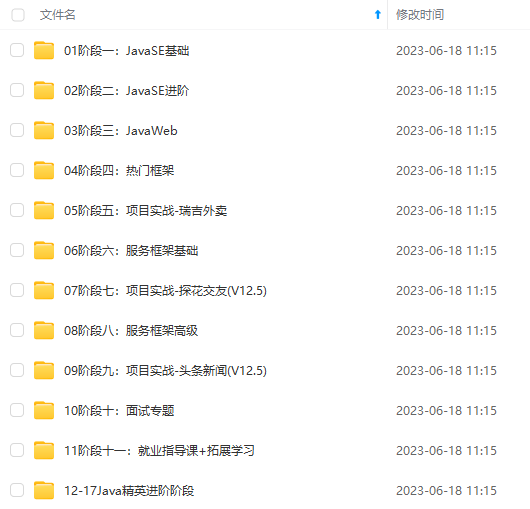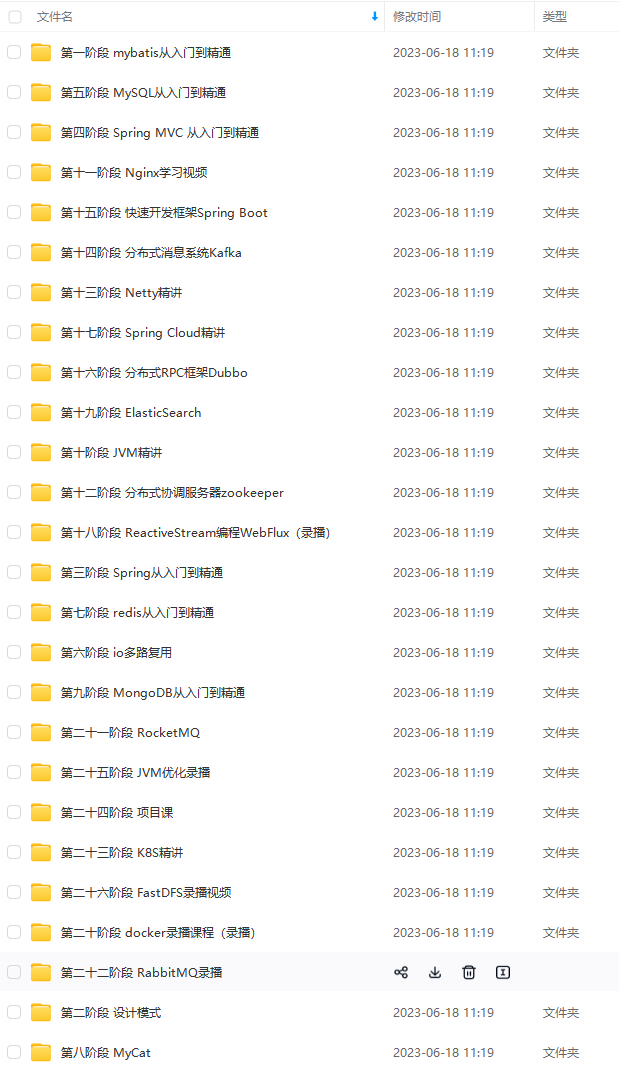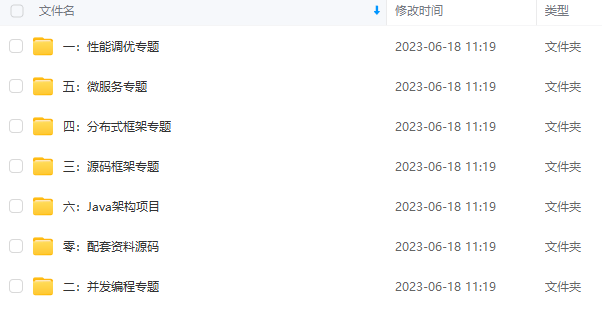- 关于message,类似于C语言中的结构包含另外一个结构作为数据成员一样。
④字段编码值
编码值的取值范围为 1~2^32(4294967296)。
不信往上面翻翻看,看看是不是都是数值。
其中 1~15的编码时间和空间效率都是最高的,编码值越大,其编码的时间和空间效率就越低(相对于1-15),当然一般情况下相邻的2个值编码效率的是相同的,除非2个值恰好实在4字节,12字节,20字节等的临界区。比如15和16.
1900~2000编码值为Google protobuf 系统内部保留值,建议不要在自己的项目中使用。
protobuf 还建议把经常要传递的值把其字段编码设置为1-15之间的值。
消息中的字段的编码值无需连续,只要是合法的,并且不能在同一个消息中有字段包含相同的编码值。
⑤默认值。
当在传递数据时,对于required数据类型,如果用户没有设置值,则使用默认值传递到对端。当接受数据是,对于optional字段,如果没有接收到optional字段,则设置为默认值。
几个注意事项
import
protobuf 接口文件可以像C语言的h文件一样,分离为多个,在需要的时候通过 import导入需要的文件。
虽然可以在单个.proto文件中定义多种消息类型(例如消息,枚举和服务),但当在单个文件中定义大量具有不同依赖性的消息时,也
可能导致依赖性膨胀。建议每个.proto文件包含尽可能少的消息类型。
关于package
避免名称冲突,可以给每个文件指定一个package名称,对于C++解析为名称空间。
记得在开头加上这两句:
syntax = “proto3”;
package demo;
关于enum
枚举的定义和C++相同,但是有一些限制。
-
枚举值必须大于等于0的整数。
-
使用分号(;)分隔枚举变量而不是C++语言中的逗号(,)
可编译文件
首先,你要有一个PB文件可以拿去编译,我知道你多半也没有,没事我这里有。
syntax = “proto3”;
package demo;
message Person {
string name = 1;
int32 id = 2;
string email = 3;
enum PhoneType {
MOBILE = 0;
HOME = 1;
WORK = 2;
}
message PhoneNumber {
string number = 1;
PhoneType type = 2;
}
repeated PhoneNumber phone = 4;
}
开始编译
我下载了好多款,不过主语言是C++,毕竟打开一次不容易。打不开下载目录的小伙伴可以私信我拿。
打开cmd, cd到该目录,protoc.exe的命令行参数格式如下:
protoc --proto_path=IMPORT_PATH --cpp_out=DST_DIR --java_out=DST_DIR --python_out=DST_DIR path/to/file.proto

编译之后就会出现新的文件了。
阅览文件
打开之后太长了,自己去看。我这里提几点。
(1)proto中的package在C++中是namespace;
(2)proto中的message在C++中是class,类里面有各个成员的set/get;基类是google::protobuf::Message。
(3)代码中可以看见C++11中的移动构造和移动赋值函数。
搞技术的人不搞那些弯弯绕的,放码过来吧。
proto
syntax = “proto2”;
package tutorial;
message Person {
optional string name = 1;
optional int32 id = 2;
optional string email = 3;
enum PhoneType {
MOBILE = 0;
HOME = 1;
WORK = 2;
}
message PhoneNumber {
optional string number = 1;
optional PhoneType type = 2 [default = HOME];
}
repeated PhoneNumber phones = 4;
}
message AddressBook {
repeated Person people = 1;
}
读.cpp
#include
#include
#include
#include “person.pb.h”
using namespace std;
// This function fills in a Person message based on user input.
void PromptForAddress(tutorial::Person* person) {
cout << "Enter person ID number: ";
int id;
cin >> id;
person->set_id(id);
cin.ignore(256, ‘\n’);
cout << "Enter name: ";
getline(cin, *person->mutable_name());
cout << "Enter email address (blank for none): ";
string email;
getline(cin, email);
if (!email.empty()) {
person->set_email(email);
}
while (true) {
cout << "Enter a phone number (or leave blank to finish): ";
string number;
getline(cin, number);
if (number.empty()) {
break;
}
tutorial::Person::PhoneNumber* phone_number = person->add_phones();
phone_number->set_number(number);
cout << "Is this a mobile, home, or work phone? ";
string type;
getline(cin, type);
if (type == “mobile”) {
phone_number->set_type(tutorial::Person::MOBILE);
} else if (type == “home”) {
phone_number->set_type(tutorial::Person::HOME);
} else if (type == “work”) {
phone_number->set_type(tutorial::Person::WORK);
} else {
cout << “Unknown phone type. Using default.” << endl;
}
}
}
// Main function: Reads the entire address book from a file,
// adds one person based on user input, then writes it back out to the same
// file.
int main(int argc, char* argv[]) {
// Verify that the version of the library that we linked against is
// compatible with the version of the headers we compiled against.
GOOGLE_PROTOBUF_VERIFY_VERSION;
if (argc != 2) {
cerr << “Usage: " << argv[0] << " ADDRESS_BOOK_FILE” << endl;
return -1;
}
tutorial::AddressBook address_book;
{
// Read the existing address book.
fstream input(argv[1], ios::in | ios::binary);
if (!input) {
cout << argv[1] << “: File not found. Creating a new file.” << endl;
} else if (!address_book.ParseFromIstream(&input)) {
cerr << “Failed to parse address book.” << endl;
return -1;
}
}
// Add an address.
PromptForAddress(address_book.add_people());
{
// Write the new address book back to disk.
fstream output(argv[1], ios::out | ios::trunc | ios::binary);
if (!address_book.SerializeToOstream(&output)) {
cerr << “Failed to write address book.” << endl;
return -1;
}
}
// Optional: Delete all global objects allocated by libprotobuf.
google::protobuf::ShutdownProtobufLibrary();
return 0;
}
写.cpp
#include
#include
#include
#include “addressbook.pb.h”
using namespace std;
// Iterates though all people in the AddressBook and prints info about them.
void ListPeople(const tutorial::AddressBook& address_book) {
for (int i = 0; i < address_book.people_size(); i++) {
const tutorial::Person& person = address_book.people(i);
cout << "Person ID: " << person.id() << endl;
cout << " Name: " << person.name() << endl;
if (person.has_email()) {
cout << " E-mail address: " << person.email() << endl;
}
for (int j = 0; j < person.phones_size(); j++) {
const tutorial::Person::PhoneNumber& phone_number = person.phones(j);
switch (phone_number.type()) {
case tutorial::Person::MOBILE:
cout << " Mobile phone #: ";
break;
case tutorial::Person::HOME:
cout << " Home phone #: ";
break;
case tutorial::Person::WORK:
cout << " Work phone #: ";
break;
}
cout << phone_number.number() << endl;
}
}
}
// Main function: Reads the entire address book from a file and prints all
// the information inside.
int main(int argc, char* argv[]) {
// Verify that the version of the library that we linked against is
// compatible with the version of the headers we compiled against.
GOOGLE_PROTOBUF_VERIFY_VERSION;
if (argc != 2) {
cerr << “Usage: " << argv[0] << " ADDRESS_BOOK_FILE” << endl;
return -1;
}
tutorial::AddressBook address_book;
{
// Read the existing address book.
fstream input(argv[1], ios::in | ios::binary);
最后
自我介绍一下,小编13年上海交大毕业,曾经在小公司待过,也去过华为、OPPO等大厂,18年进入阿里一直到现在。
深知大多数Java工程师,想要提升技能,往往是自己摸索成长,自己不成体系的自学效果低效漫长且无助。
因此收集整理了一份《2024年Java开发全套学习资料》,初衷也很简单,就是希望能够帮助到想自学提升又不知道该从何学起的朋友,同时减轻大家的负担。



既有适合小白学习的零基础资料,也有适合3年以上经验的小伙伴深入学习提升的进阶课程,基本涵盖了95%以上Java开发知识点,不论你是刚入门Java开发的新手,还是希望在技术上不断提升的资深开发者,这些资料都将为你打开新的学习之门!
如果你觉得这些内容对你有帮助,需要这份全套学习资料的朋友可以戳我获取!!
由于文件比较大,这里只是将部分目录截图出来,每个节点里面都包含大厂面经、学习笔记、源码讲义、实战项目、讲解视频,并且会持续更新!
[1], ios::in | ios::binary);
最后
自我介绍一下,小编13年上海交大毕业,曾经在小公司待过,也去过华为、OPPO等大厂,18年进入阿里一直到现在。
深知大多数Java工程师,想要提升技能,往往是自己摸索成长,自己不成体系的自学效果低效漫长且无助。
因此收集整理了一份《2024年Java开发全套学习资料》,初衷也很简单,就是希望能够帮助到想自学提升又不知道该从何学起的朋友,同时减轻大家的负担。
[外链图片转存中…(img-LPItx6u6-1715875779235)]
[外链图片转存中…(img-UxHNlPq2-1715875779236)]
[外链图片转存中…(img-y6GNuVX3-1715875779236)]
既有适合小白学习的零基础资料,也有适合3年以上经验的小伙伴深入学习提升的进阶课程,基本涵盖了95%以上Java开发知识点,不论你是刚入门Java开发的新手,还是希望在技术上不断提升的资深开发者,这些资料都将为你打开新的学习之门!
如果你觉得这些内容对你有帮助,需要这份全套学习资料的朋友可以戳我获取!!
由于文件比较大,这里只是将部分目录截图出来,每个节点里面都包含大厂面经、学习笔记、源码讲义、实战项目、讲解视频,并且会持续更新!






















 1024
1024

 被折叠的 条评论
为什么被折叠?
被折叠的 条评论
为什么被折叠?








